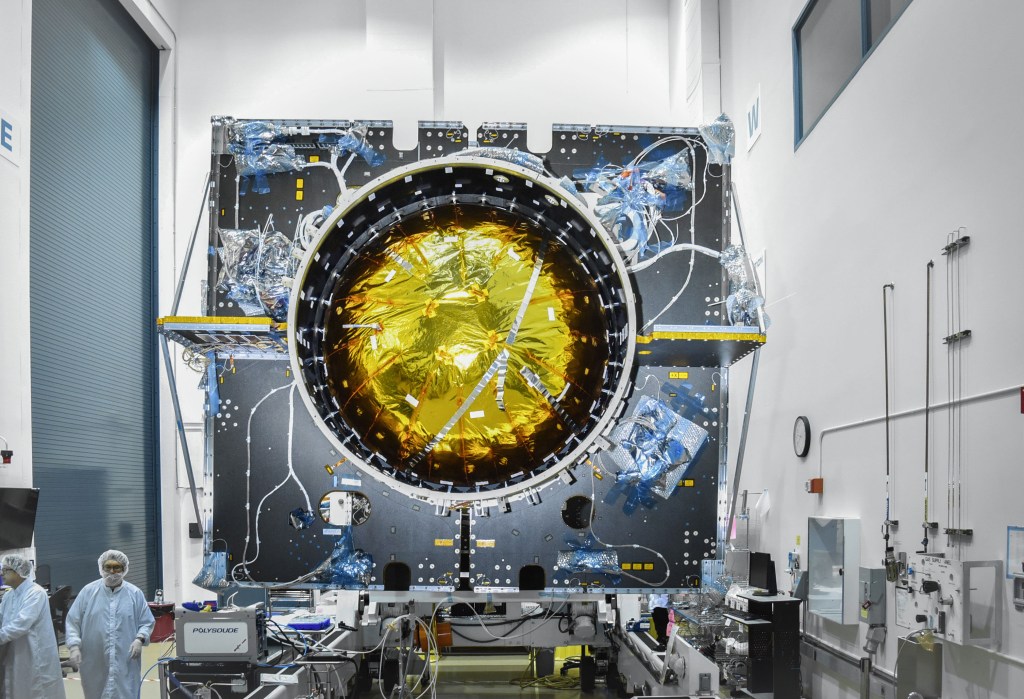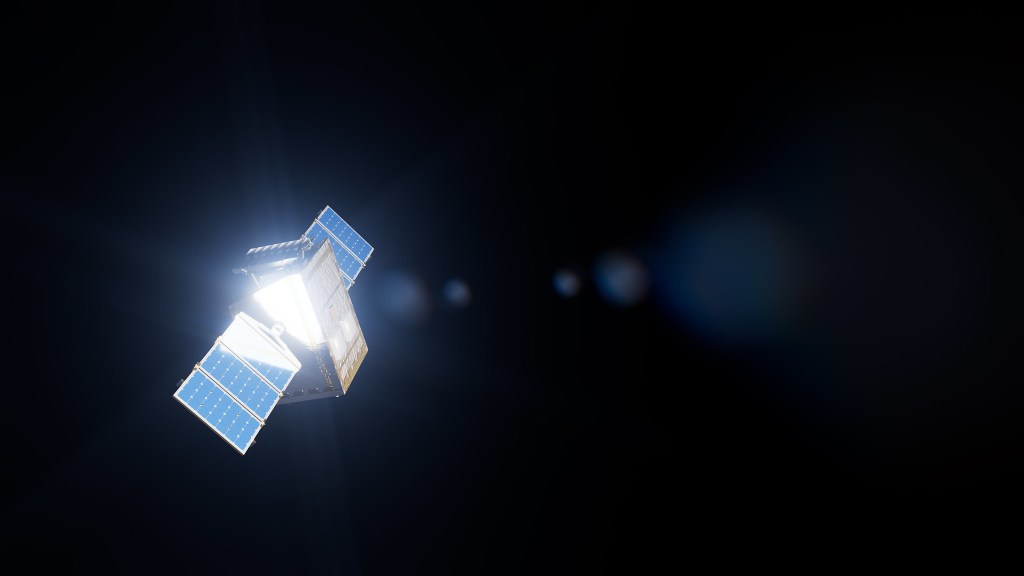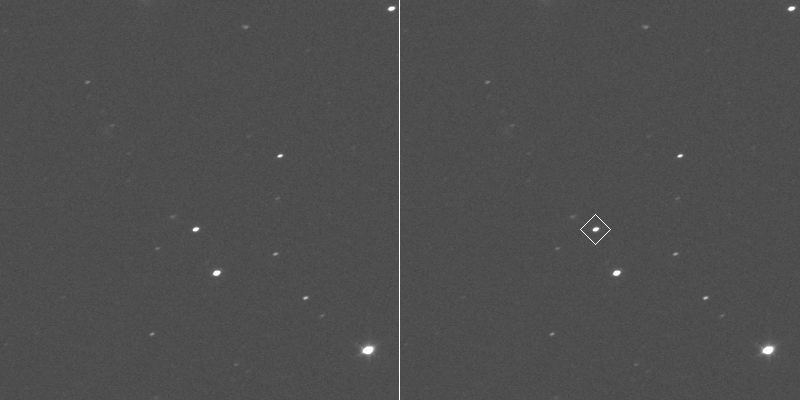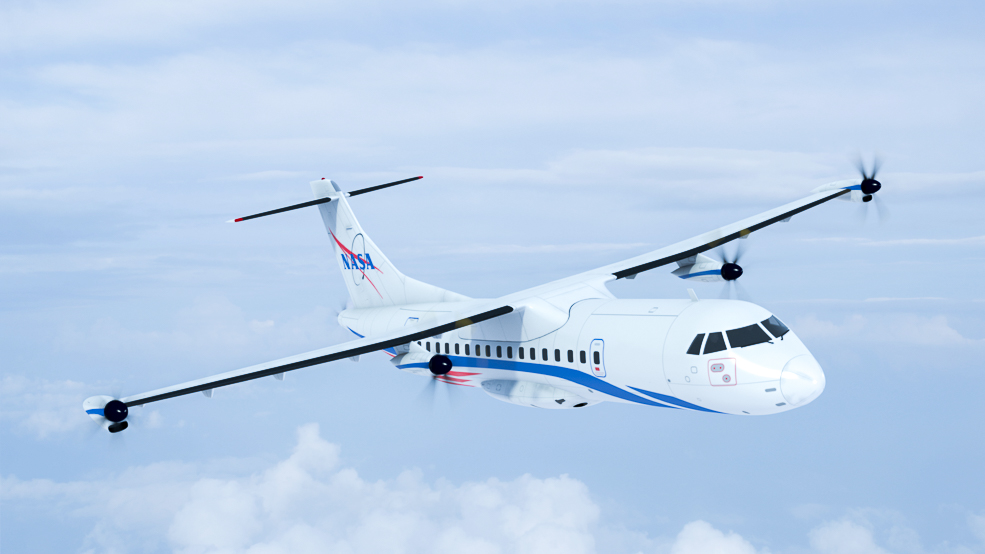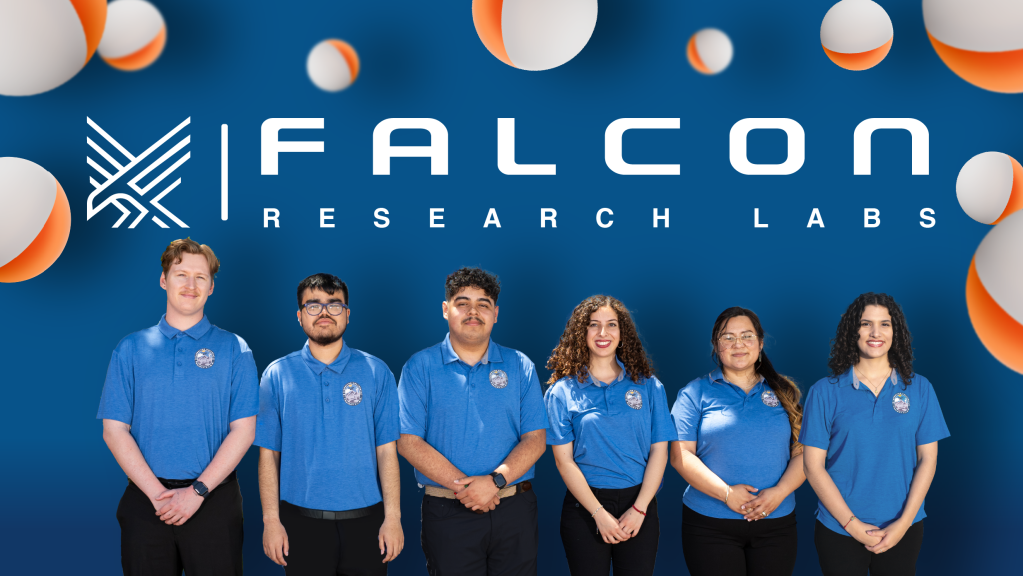Lee esta nota de prensa en español aquí.
Engineers will conduct the final test, known as the wet dress rehearsal, of the Space Launch System (SLS) rocket, Orion spacecraft, and Exploration Ground Systems before the Artemis I launch at Launch Pad 39B at NASA’s Kennedy Space Center in Florida. The rehearsal will run the Artemis I launch team through operations to load propellant into the rocket’s tanks, conduct a full launch countdown, demonstrate the ability to recycle the countdown clock, and also drain the tanks to give them an opportunity to practice the timelines and procedures they will use for launch.
During the approximately two-day test, teams will start by activating the facilities needed for launch and formally beginning the countdown sequence. Team will staff the Launch Control Center at Kennedy and connect with staff in the Mission Control Center at NASA’s Johnson Space Center in Houston, the Space Force Eastern Range, and the SLS Engineering Support Center at the agency’s Marshall Space Flight Center in Huntsville, Alabama. Launch controllers will power on different rocket and spacecraft systems, along with ground support equipment.
Teams will then load more than 700,000 gallons of cryogenic, or super cold, propellants including liquid hydrogen and liquid oxygen into the rocket at the launch pad on the mobile launcher according to the detailed timeline they will use on the actual launch day. They will practice every phase of the countdown, including weather briefings, pre-planned holds in the countdown, conditioning and replenishing the propellants as needed, and validation checks.
During the wet dress rehearsal, once launch controllers reach the point just before the rocket’s RS-25 engines will ignite on launch day, they will recycle back to the T-10 minute point, and then resume the countdown once more after a hold. The team will then deliberately halt the countdown at about 10 seconds before the simulated liftoff to demonstrate stopping a launch and draining the propellants from the rocket. Sometimes called a “scrub,” launch controllers may decide not to proceed with launch if a technical or weather issue arises during or prior to the countdown, so demonstrating the ability to remove propellants will ensure teams are prepared for various launch day scenarios.
Several days after the wet dress rehearsal, the integrated rocket and spacecraft will be rolled back to the Vehicle Assembly Building (VAB). In the VAB, technicians will extend platforms to reestablish access to several parts of the rocket and spacecraft. They will remove sensors specifically used for monitoring during the wet dress rehearsal, charge Orion and other system batteries, stow late-load cargo into Orion, and run final checkouts on several elements, among other tasks. Orion and SLS will roll to the launch pad for a final time about a week before launch.
NASA will review data from the rehearsal before setting a specific target launch date for the Artemis I launch. The first in a series of increasingly complex missions, Artemis I will provide a foundation for human deep space exploration and demonstrate our commitment and capability to extend human existence to the Moon and beyond prior to the first flight with crew on Artemis II.





